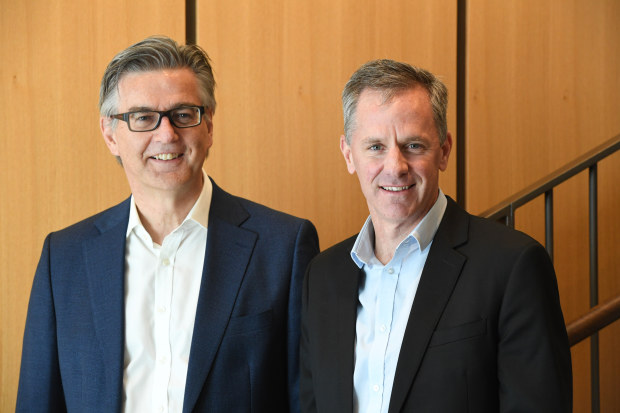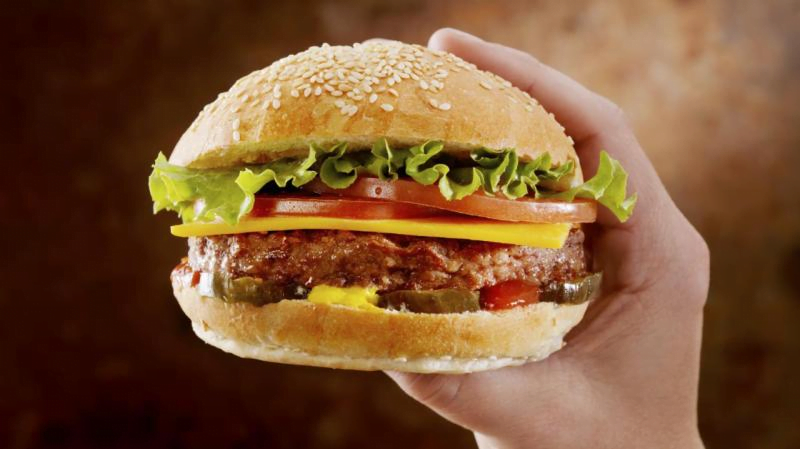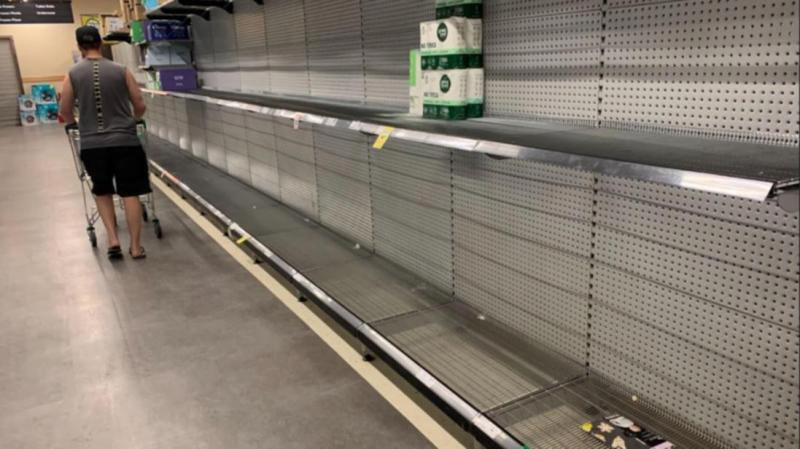Grocery wholesaler Metcash is continuing to gain from the shift to convenience and local neighbourhood shopping, as group sales jumped 8.9 per cent across its hardware, liquor and food businesses so far this financial year, according to new chairman Peter Birtles.
The retailer, which supplies the IGA and Foodland stores, indicated strong gains made over the pandemic period have continued into the first 17 weeks of the new 2023 financial year to August 28, underpinned by the increased competitiveness of its revamped independent retail networks, and by rising prices for food.

The $4 billion company has an April 30 financial year-end, and held its annual meeting in Sydney on Wednesday.
Food sales increased 4.3 per cent (or up 6.6 per cent excluding tobacco) reflecting strong demand in the supermarkets and convenience businesses, even against a period a year ago when there were lockdowns.
Wholesale inflation was up 4.9 per cent in the first quarter, excluding tobacco and fresh produce. Coles and Woolworths noted a similar rise.
Mr Birtles said there was no doubt COVID-19 helped to accelerate this shift to local shopping, but Metcash’s five-year growth plan “MFuture” has helped to keep customers coming back.
“There’s been a shift in behaviour, but we’ve got to recognise the work the company has been doing and improving its proposition, whether it’s the source or the range selection, the pricing, there’s been a lot of progress.
“Importantly, customers who’ve made the shift, they enjoyed it and are sticking,” Mr Birtles told The Australian Financial Review.
He warned the surging rate of inflation and higher cost of living created some uncertainty over consumer spending, but there had not been a major shift of trading down to cheaper products.
On Wednesday data showed the Australian economy grew 0.9 per cent in the June quarter, taking annual growth to 3.6 per cent, as borders reopened and people travelled and spent up on clothes.
But also this week the cash rate moved a further 0.5 per cent higher, which will compound these living cost pressures.
New chief executive Doug Jones said shoppers are seeking out value via the in-store experience, service, price, cleanliness and the availability of products.
Mr Jones, who took the helm in February, said COVID-related costs have started to normalise and there had been some improvement in supply chain challenges, with improved stock and service levels.
However, he warned the availability of labour remains tight, and the retailer is facing higher supply chain and labour costs.
Sales so far this year at the hardware business, which includes brands such as Mitre 10 and Total Tools, increased 19.5 per cent. Independent Hardware Group (IHG), the largest independent hardware group in Australia, posted same-store sales so far this year of 7.3 per cent.
Hardware now makes up 20 per cent of group sales and 40 per cent of profits. Inflation remained high, particularly in trade, although there were signs of some easing with an improvement in the availability of supply, Mr Birtles said.
IHG is building a network of about 400 Mitre 10 and around 200 Home Hardware stores. About 20 ThriftyLink/True Value stores have been converted to Home Hardware, and another 30 are planned for fiscal 2023.
There is a major focus on growing emerging DIY categories such as kitchen/laundry/bathroom. The company is on track to build a network of about 130 Total Tools stores by 2025, and was targeting more upgrades and adding exclusive brands.
Liquor sales rose 11.5 per cent through August 28 as more shoppers returned to on-premise locations, and wholesale customers stocked up to beat an excise tax increase in early August.
The excise tax rates for alcohol manufacturers are indexed twice a year in line with the consumer price index.
Wholesale sales to Independent Brands Australia (IBA) on-premise customers increased 35.3 per cent. Metcash is the second-largest player in the market, supplying about 90 per cent of independent liquor stores in Australia.
MST Marquee analyst Craig Woolford said the strong update could lead to a lift in first half EPS expectations by 2 per cent to 5 per cent – depending on the magnitude of cost pressure.
“More importantly, each of Metcash’s segments have grown sales at a pace likely faster than industry over July-August 2022, which is an impressive result given perceptions its market share gains over the past two years are COVID-19-driven,” he said.
Since 2018, the shift from the two major supermarkets to reduce promotions and open fewer stores has led to Metcash’s customer gain.
Mr Woolford has a “buy” call on Metcash and $4.90 target price. Metcash shares gained 3¢ to $4.15 each on Wednesday.
The chairman said Mr Jones’ total remuneration was slightly lower than his predecessor’s, and Metcash retained the higher weighting to variable pay to better align with shareholder interests.
“We also put in place a buy-out grant of performance rights for Doug with financial and non-financial hurdles to cover a portion of the on-foot STI and LTI he forfeited with his previous employer,” he said.
Extracted from AFR


